
Northstar Dustoff provides aeromedical evacuation in Kuwait
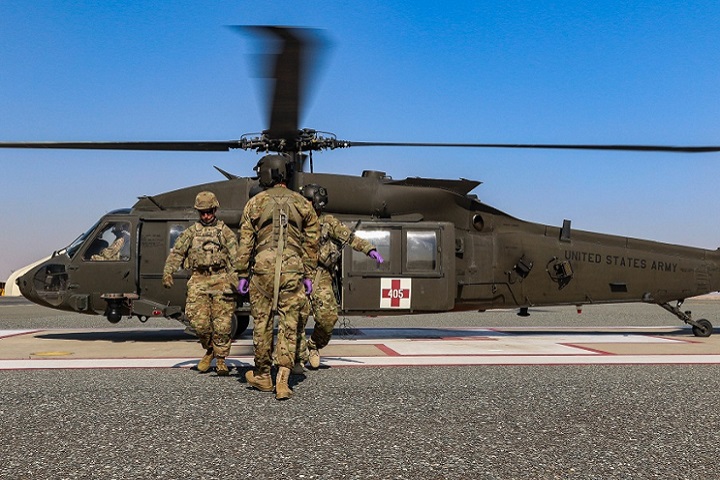
Army Soldiers assigned to the 2-211th General Support Aviation Battalion, Minnesota Army National Guard, and the 155th Armored Brigade Combat Team, Mississippi Army National Guard, pull a patient from a UH-60L Black Hawk helicopter during an aeromedical evacuation rehearsal at Camp Buehring, Kuwait. (U.S. Army photo by Sgt. Emily Finn)
CAMP BUEHRING, Kuwait – Looking out to a vast horizon, where the brown, sandy dunes of Kuwait’s desert meet the blue sky, appears a UH-60L Black Hawk helicopter with a red cross on the door. The red cross is an international sign of medical assistance and a sign of hope for those in need.
Flying through the skies, Charlie Company, 2-211th General Support Aviation Battalion, Minnesota Army National Guard, currently assigned to the 1-108th Assault Helicopter Battalion, Kansas Army National Guard, is deployed to the Middle East in support of Operations Inherent Resolve and Spartan Shield.
“Charlie Company provides medical evacuation to ground force commanders in an area of operation,” said U.S. Army Maj. Nathan Burr, commander.
As one of two aeromedical evacuation companies supporting the 35th Combat Aviation Brigade, Missouri Army National Guard, the MEDEVAC unit has a particularly critical mission. They provide all aeromedical evacuation aid in Kuwait, supporting all military branches.
Charlie Company, nicknamed Northstar Dustoff, has completed more than twice the amount of MEDEVAC missions as their predecessor, in nearly half the time. “For us it’s good, because we’re flying and doing missions,” said Burr. “It doesn’t mean more people are getting hurt. I think it just means more people understand what our capabilities are.”
Upon arrival in theater, the Northstar Dustoff command began spreading word of their operational capabilities to units in Camp Buehring, as well as other camps in the vicinity. Known as MED101, Charlie Company uses aeromedical evacuation rehearsals and other training, to familiarize units with the aeromedical helicopter and crews’ capabilities.
An example of this training was a recent rehearsal conducted to prepare Soldiers assigned to the 155th Armored Brigade Combat Team, Mississippi Army National Guard, and Task Force Spartan for Operation Desert Observer II, a combined training exercise between U.S. and Kuwaiti Land Forces, Dec. 11, 2018. The training offered other units a chance to practice calling in a medical evacuation request and loading patients into and out of a helicopter.
Another service they provide is transporting patients from the Troop Medical Clinic here to the hospital at Camp Arifjan, Kuwait. A mission, previously conducted by ground medical evacuation crews, could take an ambulance team nearly six hours to complete. Northstar Dustoff can complete the task and be ready for another mission in less than two hours.
Northstar Dustoff maintains these abilities with a fleet of UH-60L Black Hawk helicopters and nearly 60 personnel.
The UH-60L Black Hawk helicopters are modified to carry all the medical equipment available in an ambulance. Equipped to hold up to three litters, or four ambulatory patients, the helicopters are pre-staged to a standard configuration, which allows all crewmembers to know exactly where medical equipment is kept for easy access.
Due to the nature of their missions, all personnel assigned to Charlie Company receive additional training to ensure continuity in the back of the helicopter and maintain their flight status.
MEDEVAC pilots attend a medical evacuation doctrine course, which teaches the basics of medical evacuation. Knowing these procedures allows a better understanding of the overall mission.
Crew chiefs are not mandated by regulation to complete medical training. However, the unit requires all team members to complete a combat life saver training so they can assist the paramedics during flights, if needed. Many of them continue their training to receive a basic EMT certification so they can provide additional assistance, said Burr.
In order to become a flight paramedic, healthcare specialists must be a qualified civilian paramedic and able to pass a flight physical. When a vacancy within the unit is open, qualified personnel can apply for it, go before a review board and then, upon acceptance, attend flight training held at Fort Rucker, Alabama. Flight paramedics complete nearly 11 months of training before they are fully-qualified.
Army Staff Sgt. Jeffrey Schneir, a platoon sergeant, joined the unit in 2012. Like other flight paramedics assigned to Charlie Company, Schneir works as a paramedic for the city of Rochester, Minnesota, when not on military duty.
“Flying is the reason I joined the Army,” said Schneir. “I can treat patients in the civilian world. I can treat patients on the ground ambulance, but flying was the ultimate goal I had.”
Northstar Dustoff has completed more than 60 aeromedical evacuations since August 2018. They have also operated at three different sites in the Middle East supporting Operations Spartan Shield and Inherent Resolve.
“Our medics do this because they love helping people,” said Burr. “They love their service. They love taking care of people. I’m slightly biased, but the MEDEVAC mission, to me, is the best mission in the military because we don’t take lives. We save them.”
Disclaimer: Re-published content may have been edited for length and clarity. Read original post.
CJTH continues to provide superior care for U.S., coalition forces
Article
1/7/2019

With a 99.3-percent survival rate, the hospital staff have reason to be proud
Langley surgical team goes 'purple'
Article
1/3/2019
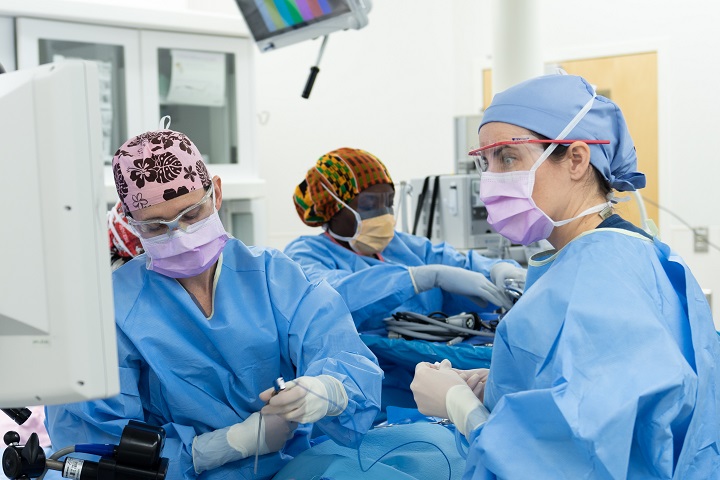
A joint surgical team was organized to perform a functional endoscopic sinus surgery
Army hospital earns reputation as a top teaching institution
Article
1/2/2019

CRDAMC has been recognized by healthcare associations and educational institutions for exceptional achievements
Combat medics improve readiness with individual critical task list training
Article
12/31/2018
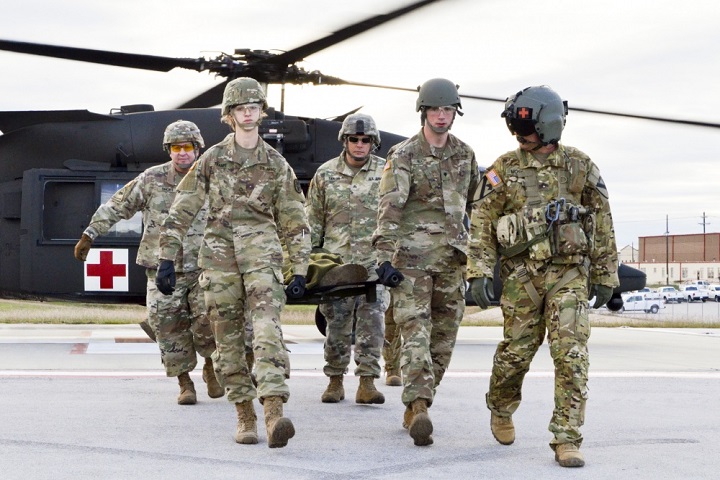
There is no substitution for being pushed around by the rotor wash of a helicopter
If the weather outside is frightful, a little preparation can make it delightful
Article
12/28/2018
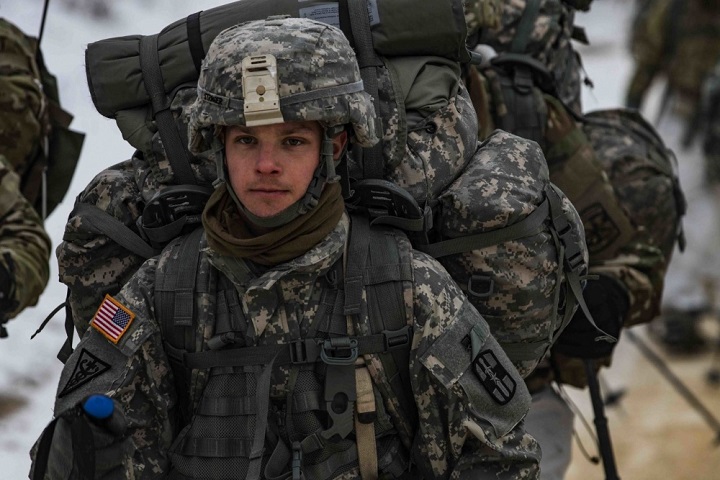
Learn the risks of exposure to cold, and steps to stay safe
Navy corpsman: Carrying the legacy
Article
12/27/2018
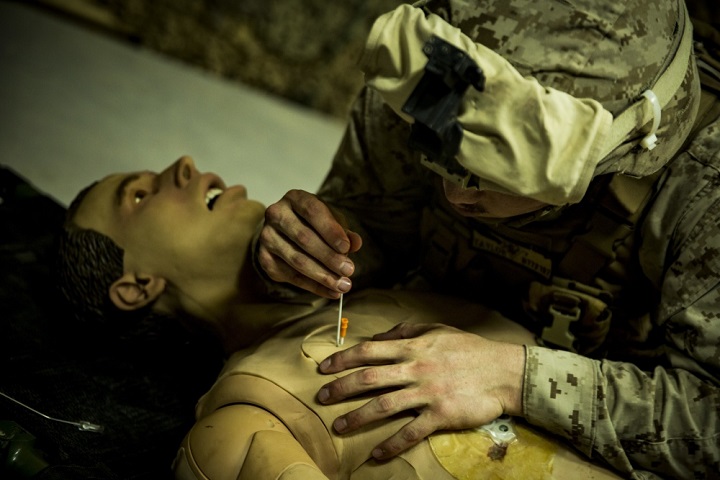
Navy hospital corpsmen attend 14-week “A” school at the Medical Education and Training Campus in Joint Base San Antonio — Fort Sam Houston, Texas
Hospital ship USNS Comfort returns home after completing mission
Article
12/20/2018
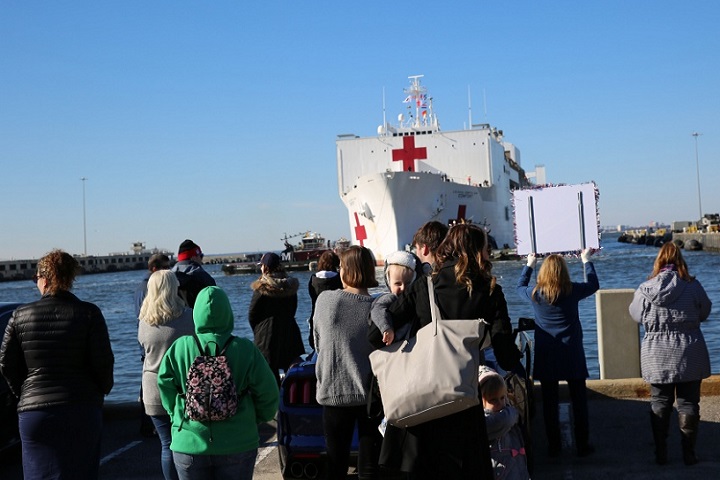
This mission marked the sixth time the hospital ship has provided medical assistance in the region
Super Galaxy: Aeromedical evacuation's biggest ally
Article
12/17/2018
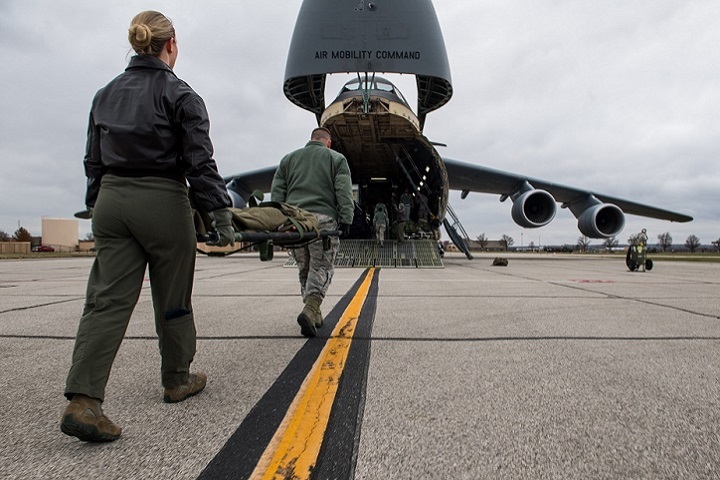
The C-5M upgrades allowed the proof of concept to work, but Airmen’s innovation is what made it happen
Vaccination is the best defense against the flu
Article
12/10/2018
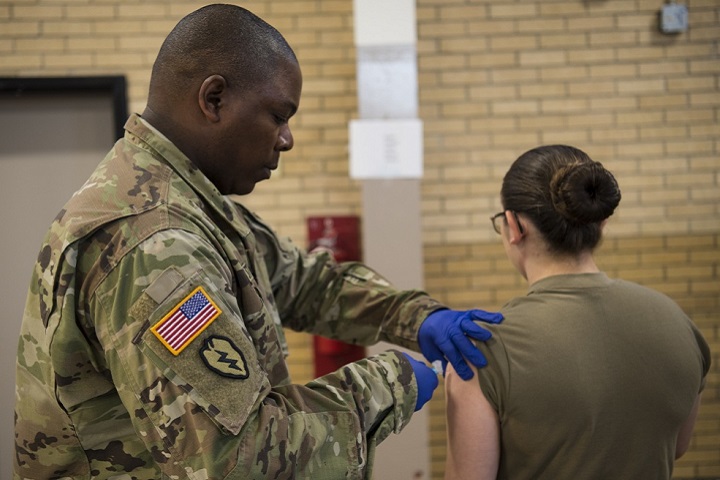
Vaccination is needed every year because the Influenza viruses change
Fleet surgical team saves life aboard USS Somerset
Article
12/6/2018
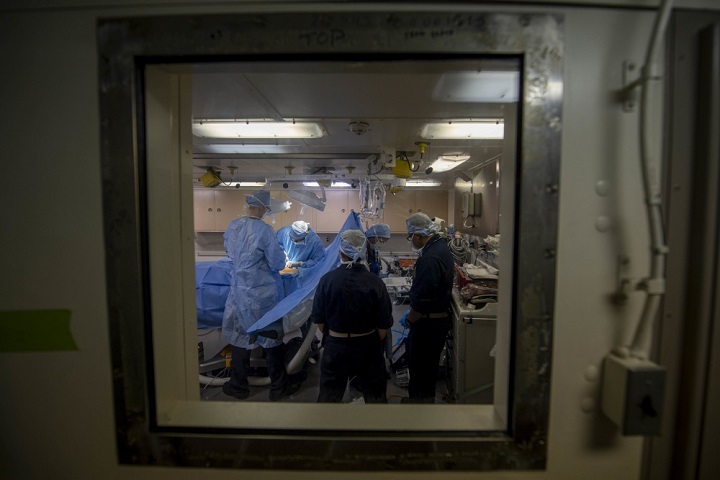
We were able to determine he had acute appendicitis
New training mannequins help Soldiers save lives
Article
11/28/2018
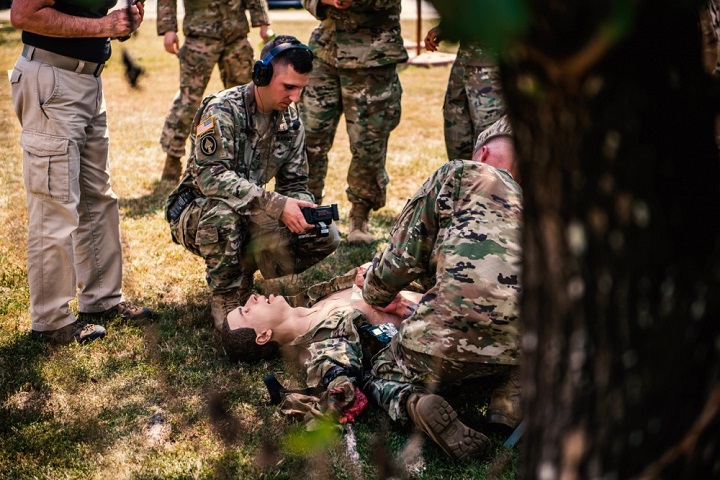
The realism of it creates that white-knuckle sensation and adrenalin for the Soldier
Rabies
Infographic
11/20/2018

Although Germany is rabies-free for terrestrial land mammals, rabies exposure remains a concern for U.S. military personnel assigned there because of personal and military travel and deployments to rabies endemic countries. Deployments have become much more variable both in location and duration. Deployments have increasingly focused on enhancing ...
Cold Weather Injuries
Infographic
11/20/2018

This update summarizes the frequencies, incidence rates, and correlates of risk of cold injuries among members of both active and reserve components of the U.S. Armed Forces during the past 5 years.
Malaria
Infographic
11/20/2018

This report describes a cluster of 11 soldiers with vivax malaria among U.S. military personnel who trained at Dagmar North training area, near the demilitarized zone (DMZ), in the Republic of Korea (ROK) in 2015.
Pararescue medics rehearse for unique mission
Article
11/7/2018
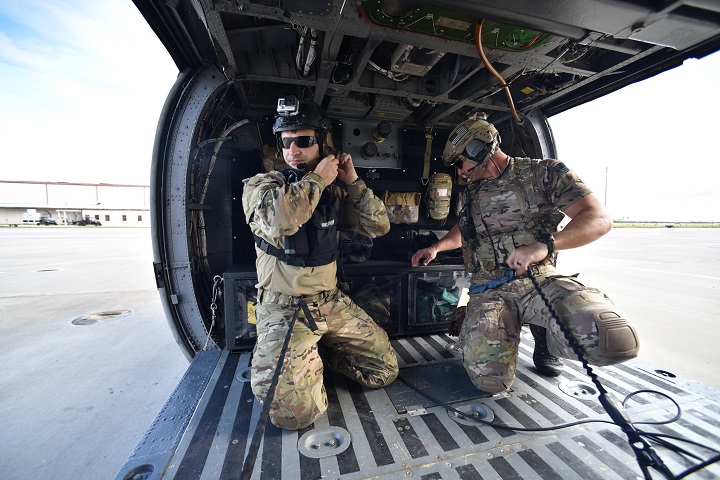
The 920th RQW is ready to support the next era of human space flight





















.png)









No hay comentarios:
Publicar un comentario